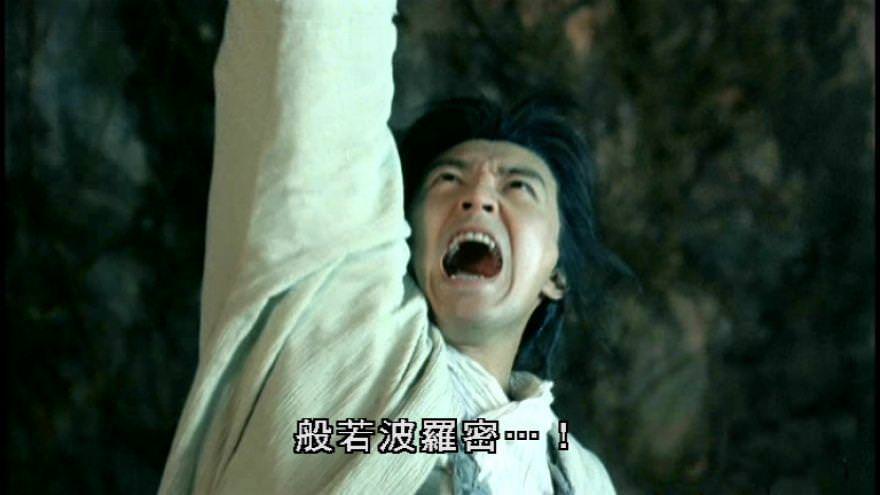Wuxing and Compatibility Coefficient: Part II
The first person in China to explain wuxing (五行) in term of the principle of mutual construction was probably Dong Zhongshu (董仲舒), a Western Han philosopher (around 135 BC).
In Chunqiu Fanlu, Fasicle 11, Chapter 42, (春秋繁露, 卷第十一, 五行之义第四十二), he wrote

In Chunqiu Fanlu, Fasicle 11, Chapter 42, (春秋繁露, 卷第十一, 五行之义第四十二), he wrote
There are five xing in the heaven: the first is Jupiter (wood), the second is Mars (fire), the third is Saturn (earth), the fourth is Venus (metal), and the fifth is Mercury (water). Jupiter (wood) is the first of the five xing, Mercury (water) is the last, and Saturn (earth) is in the middle, this is the heavenly order. Wood begets fire, fire begets earth, earth begets metal, metal begets water, and water begets wood, just like the father-and-son relationship. (天有五行:一曰木,二曰火,三曰土,四曰金,五曰水。木,五行之始也,水,五行之终也,土,五行之中也,此其天次之序也。木生火,火生土,土生金,金生水,水生木,此其父子也。)The fact that wood is assigned the first place in that order is probably because of autotrophic nature of the plants (and hence wood). Following Dong's numerical order, we may assign a number ε to the five xing are follows:






Comments